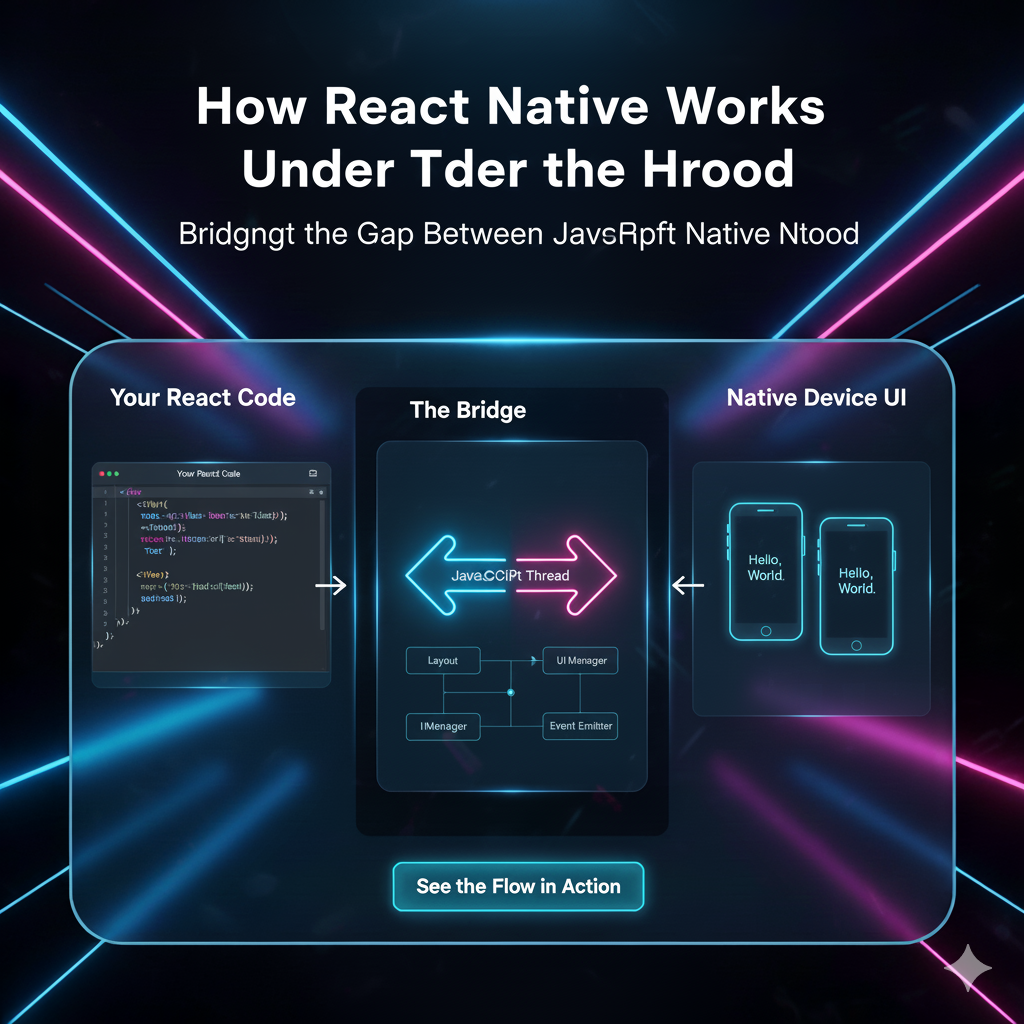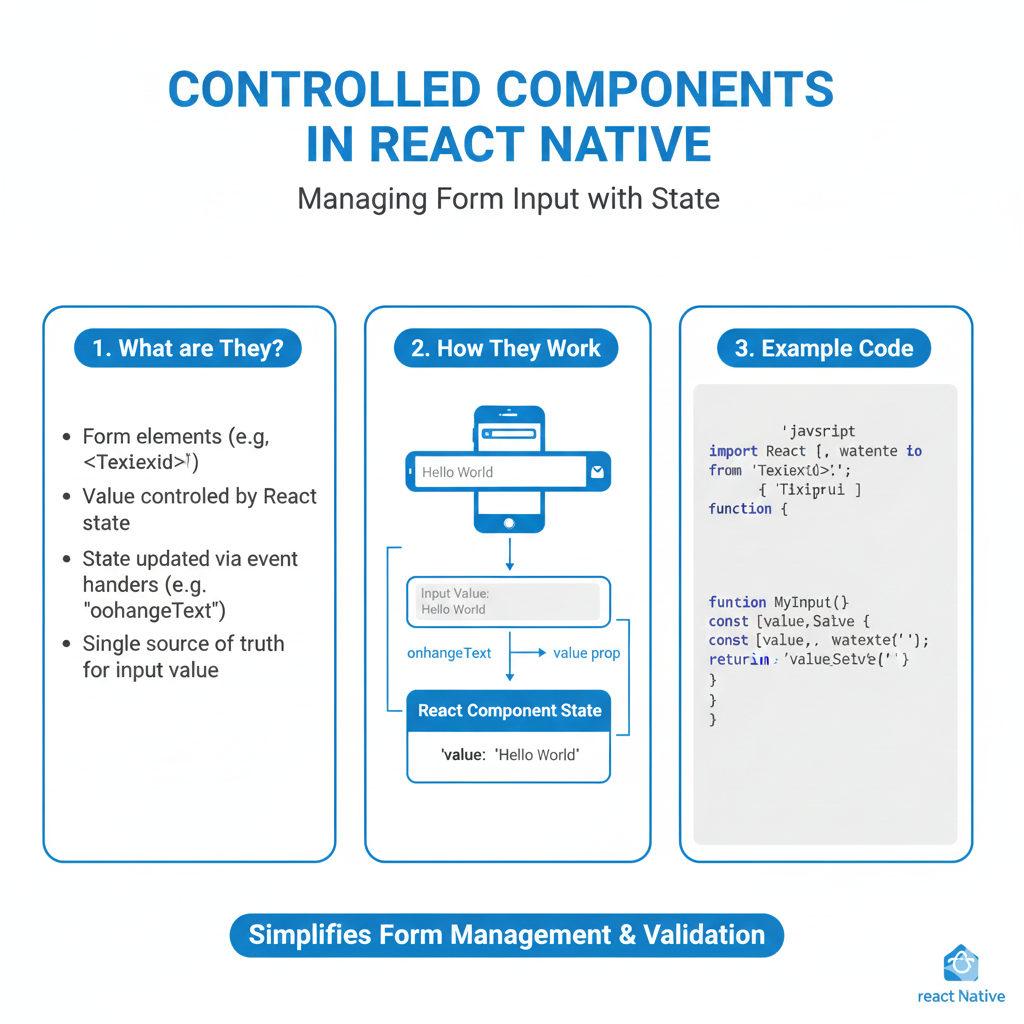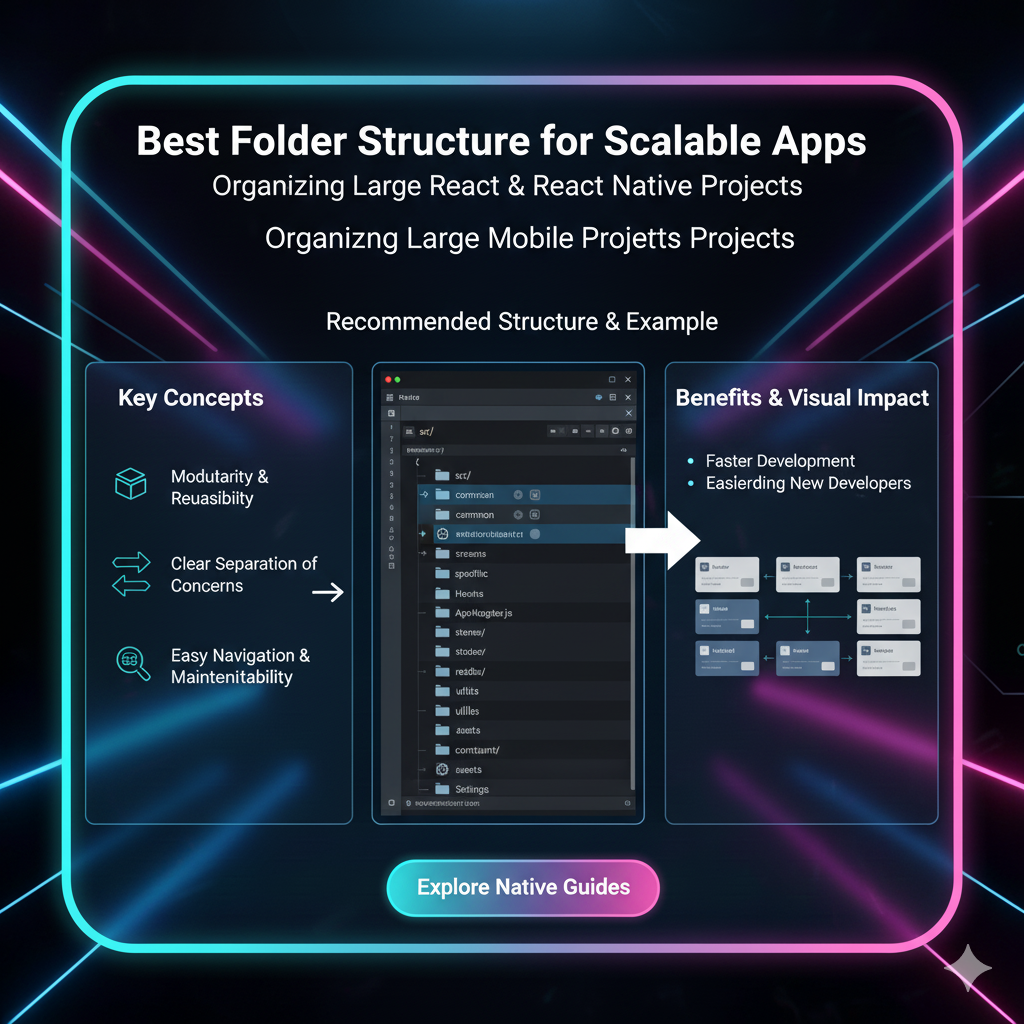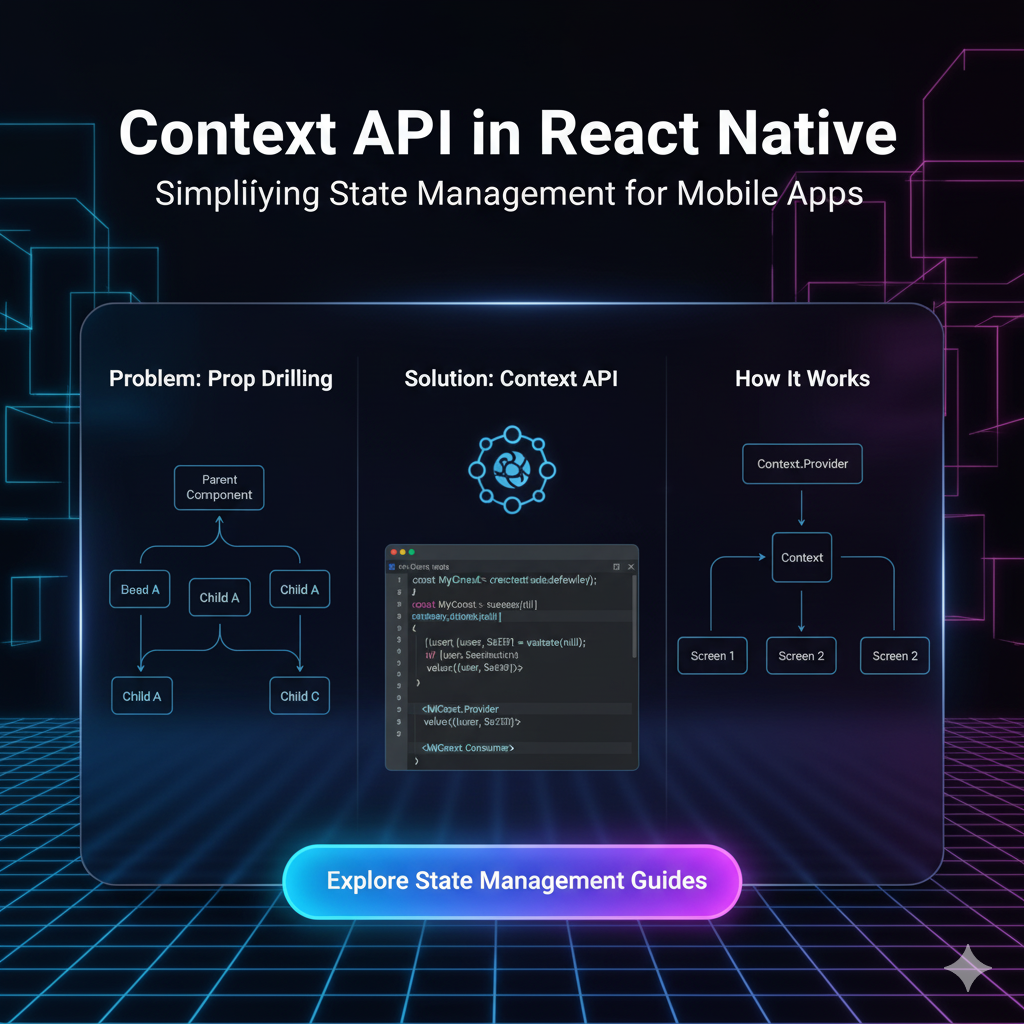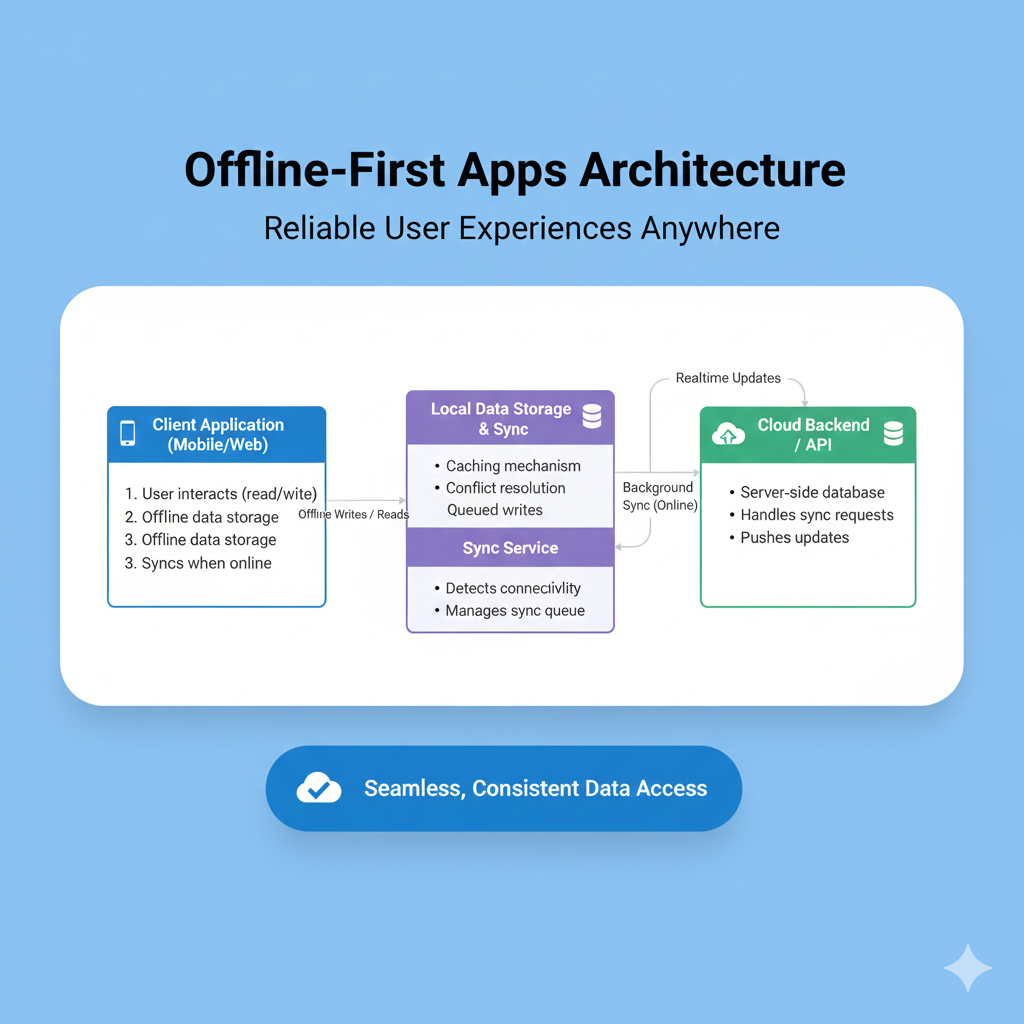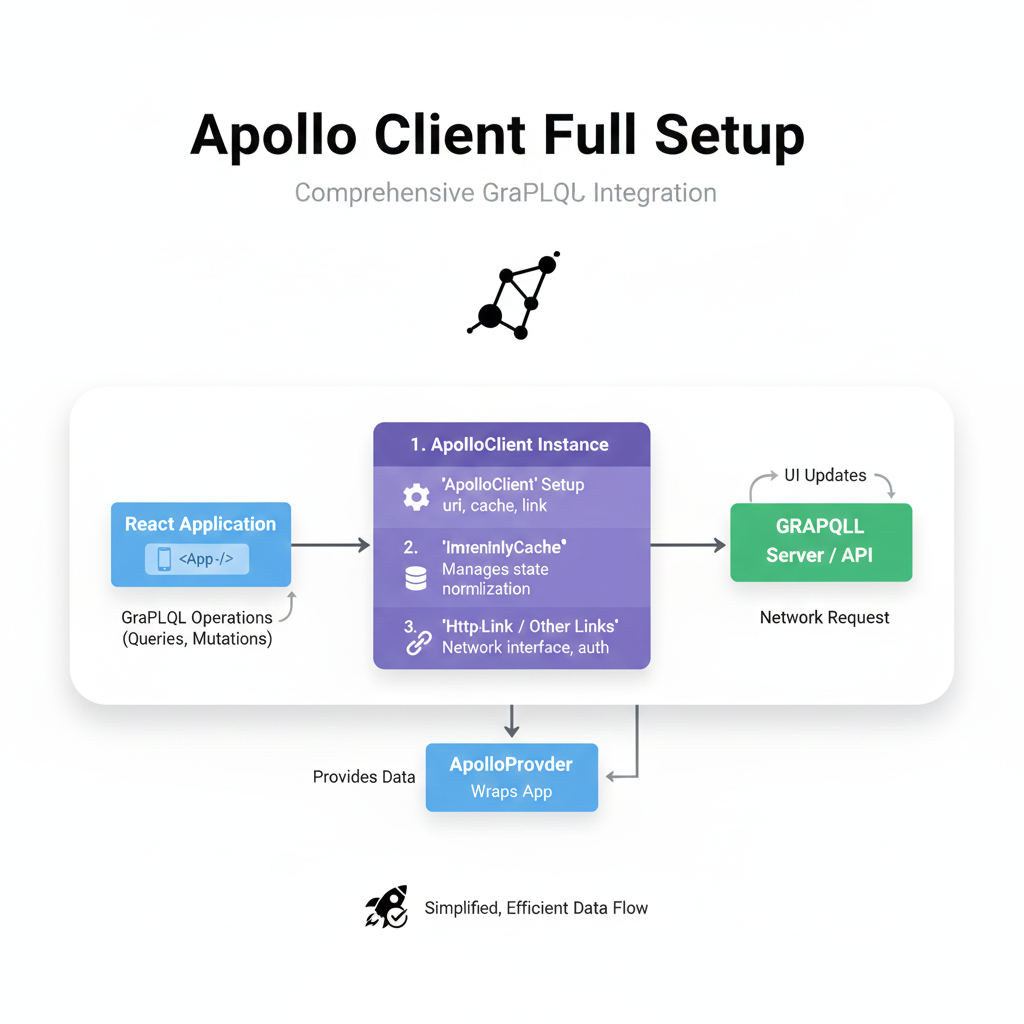React Native + TypeScript: Build Rock-Solid Mobile Apps in 2025
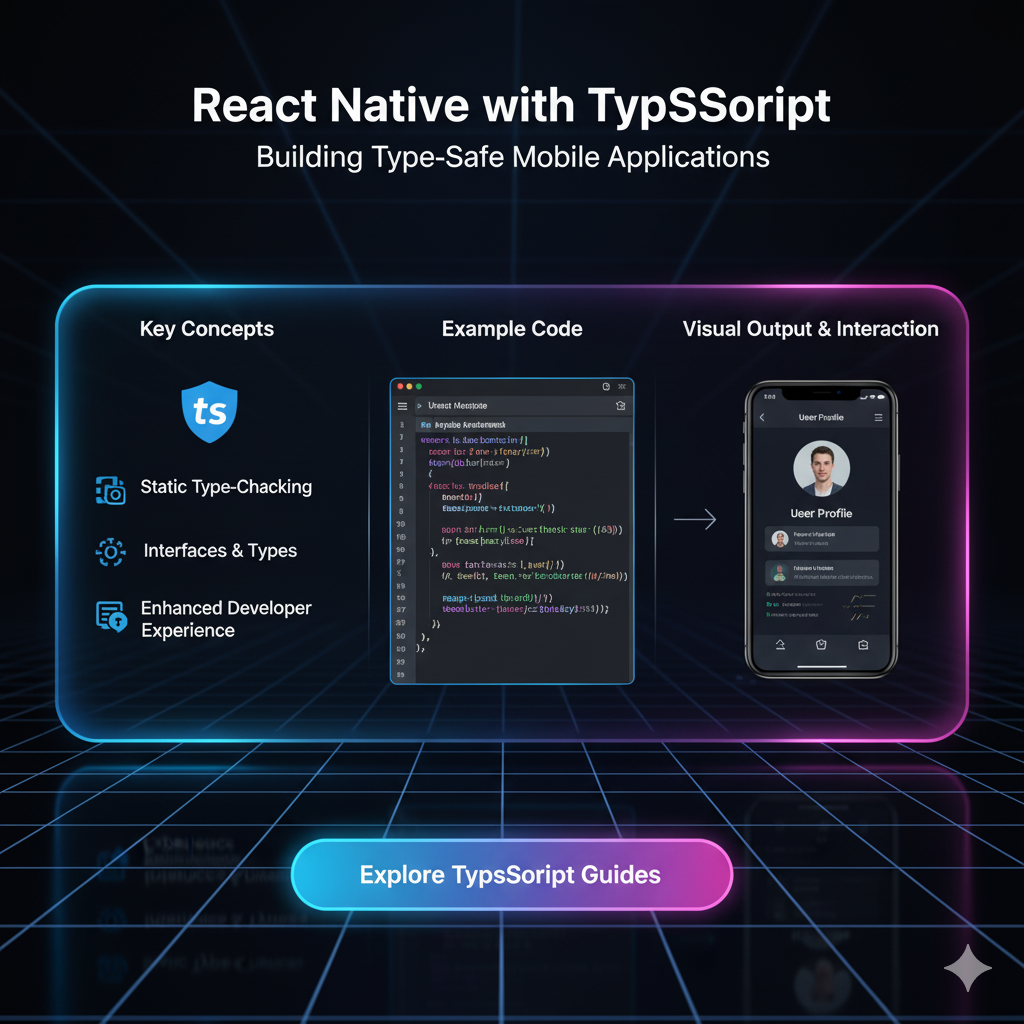
Ready to build powerful, cross-platform mobile apps without the headaches? Our in-depth guide covers why React Native with TypeScript is a game-changer, complete with code examples, best practices, and FAQs. Launch your dev career with CoderCrafter!

React Native + TypeScript: Build Rock-Solid Mobile Apps in 2025
React Native with TypeScript: Your Ultimate Guide to Bulletproof Mobile Apps
Let's be real. The mobile app world is a battlefield. You've got two dominant kingdoms—iOS and Android—and building for both can feel like doing the same job twice. That’s where the magic of React Native comes in. Write your app once, using the JavaScript you know and love, and deploy it everywhere. Pretty slick, right?
But wait, there's a plot twist. Pure JavaScript can be... a bit wild. Ever spent hours debugging a app-crashing typo or trying to figure out what shape of data a component actually expects? Yeah, we've all been there.
Enter TypeScript. Think of it as JavaScript's super-organized, slightly nerdy best friend who catches your mistakes before they become a problem.
So, what happens when you combine the "write once, run anywhere" power of React Native with the "code with confidence" safety of TypeScript? You get a development experience that is nothing short of a superpower.
In this deep dive, we're not just skimming the surface. We're going to break down exactly why this duo is a game-changer, how to get started, and the best practices to make your apps rock-solid.
First, Let's Break It Down: What Are These Things?
React Native is an open-source framework, built by Facebook (now Meta), that lets you build truly native mobile applications using React and JavaScript. You don't build a "web view" wrapped in an app; you create real, native UI components. This means your app has the look, feel, and performance of something built with Swift or Kotlin, but from a single codebase.
TypeScript is a superset of JavaScript. It adds one crucial thing: static type definitions. In plain English, it allows you to specify what type of data a variable, function parameter, or object should hold (e.g., string, number, a specific object shape). Your code editor then uses this information to provide incredible IntelliSense (autocompletion) and, most importantly, to highlight errors as you type.
Why You Should Seriously Consider This Power Combo
Alright, so why bother adding the extra step of learning TypeScript? Here’s the tea.
Catch Bugs Before They Catch You: This is the big one. TypeScript acts as your first line of defense. Passing a string to a function that expects a number? TypeScript will scream at you with a red squiggly line right in your editor. This eliminates a whole class of runtime errors that would have otherwise crashed your app on a user's phone.
Self-Documenting Code: Your code becomes its own documentation. When you look at a function signature, you immediately know what it expects and what it returns. No more guessing games or digging through the entire codebase to figure out the structure of a
userobject.typescript
// Without TypeScript - What even is a 'user'? const getUserDetails = (user) => { return user.name; } // With TypeScript - Crystal clear! interface User { id: number; name: string; email: string; } const getUserDetails = (user: User): string => { return user.name; // Your editor KNOWS 'user' has a 'name' property. }Supercharged Developer Experience (DX): The autocompletion and IntelliSense you get with TypeScript are next-level. It feels like having a pair-programmer who knows your entire codebase intimately. This dramatically boosts productivity and reduces context-switching.
Easier Refactoring and Team Collaboration: When you need to change a component's props, TypeScript will show you every single place in your codebase that needs to be updated. This is a lifesaver in team environments and on large, complex projects.
Getting Your Hands Dirty: A Real-World Example
Let's build a simple Profile Card component. We'll see how TypeScript helps us define the shape of our data.
Step 1: Define the Interface (The Blueprint)
We first create an interface that describes what a Profile looks like.
typescript
// types.ts
export interface Profile {
id: string;
username: string;
bio: string;
followerCount: number;
isVerified: boolean;
}Step 2: Build the Component with Typed Props
Now, we create our functional component and tell it that its props will match the Profile interface.
typescript
// ProfileCard.tsx
import React from 'react';
import { View, Text, Image } from 'react-native';
import { Profile } from './types';
// Define the props for the component
interface ProfileCardProps {
profile: Profile;
}
const ProfileCard: React.FC<ProfileCardProps> = ({ profile }) => {
return (
<View>
<Text>@{profile.username}</Text>
<Text>{profile.bio}</Text>
<Text>Followers: {profile.followerCount}</Text>
<Text>{profile.isVerified ? 'Verified' : 'Not Verified'}</Text>
{/* Try to do profile.emaiL - TypeScript will ERROR immediately! */}
</View>
);
};
export default ProfileCard;See what happened there? If you accidentally try to access a property that doesn't exist on the Profile interface (like profile.emaiL with a capital L), TypeScript will throw an error right in your editor. You fix the typo in 2 seconds instead of wondering why your app is broken after 20 minutes of debugging.
Who's Using This in The Real World? (Spoiler: Everyone)
This isn't just some niche trend. Major companies have bet big on React Native + TypeScript to power their flagship apps:
Microsoft: The Skype app is a prime example.
Shopify: Their entire mobile shopping experience is built with this stack.
Airbnb: While they have a famous, complex story with RN, they heavily utilized TypeScript for type safety.
Facebook & Instagram: The OG users, constantly pushing the boundaries.
These companies choose this stack because it allows them to move fast, maintain a consistent user experience across platforms, and manage massive codebases with large engineering teams without everything descending into chaos.
Leveling Up: Best Practices You Can't Ignore
Once you're comfortable, follow these tips to write professional-grade code.
Use Strict Mode: Always enable
strict: truein yourtsconfig.jsonfile. It turns on a whole suite of stricter type-checking rules, making your code even more robust.Leverage Type Inference: You don't need to type everything. TypeScript is smart. For simple variables like
let count = 0, it already knowscountis a number.Embrace
React.FCfor Components: UsingReact.FC<YourPropsInterface>to type your functional components is a clean and widely accepted practice.Don't Use
any!: Theanytype is an escape hatch that turns off TypeScript. It's tempting, but it defeats the whole purpose. If you don't know the type, useunknownor take the time to define a proper interface.
Mastering these patterns is exactly what we teach in our professional software development courses. To learn professional software development courses such as Python Programming, Full Stack Development, and the MERN Stack, visit and enroll today at codercrafter.in. We provide the structured learning path to go from beginner to industry-ready developer.
FAQs: Your Burning Questions, Answered
Q1: Is it hard to learn TypeScript after JavaScript?
It has a learning curve, but it's a gentle one. If you know JavaScript, you already know 90% of TypeScript. You're just learning a new way to think about your data structures. The payoff in saved time and reduced frustration is immense.
Q2: Does TypeScript make my React Native app slower?
No. TypeScript is a development tool. It gets compiled away into plain JavaScript before your app runs. There is zero runtime performance cost. The performance gains come from having fewer bugs and a more optimized development process.
Q3: Can I add TypeScript to an existing React Native project?
Absolutely! It's straightforward. The React Native community has made this process very smooth. You can run a command to add the necessary dependencies and configuration files, then start converting your files from .js to .tsx incrementally.
Q4: Are there any downsides?
The main "downside" is a slight increase in initial setup time and writing a bit more code (the type definitions). However, this is an investment that pays for itself many times over as your project grows in size and complexity.
Conclusion: Stop Hesitating, Start Typing
Combining React Native with TypeScript isn't just a "good idea"—it's rapidly becoming the standard for serious mobile application development. It transforms the development process from a error-prone guessing game into a predictable, efficient, and highly professional workflow.
You write code faster, with more confidence, and your team can collaborate seamlessly. In the fast-paced world of mobile tech, that’s not just an advantage; it's a necessity.
So, take the plunge. Initialize your next project with npx react-native init MyApp --template react-native-template-typescript and experience the difference for yourself.
And if you're ready to transform your passion for coding into a thriving career, you need the right guidance. At CoderCrafter, we don't just teach syntax; we teach you how to build real-world, scalable applications using industry-best practices like TypeScript. To learn professional software development courses such as Python Programming, Full Stack Development, and MERN Stack, visit and enroll today at codercrafter.in. Let's build the future, one line of well-typed code at a time.
